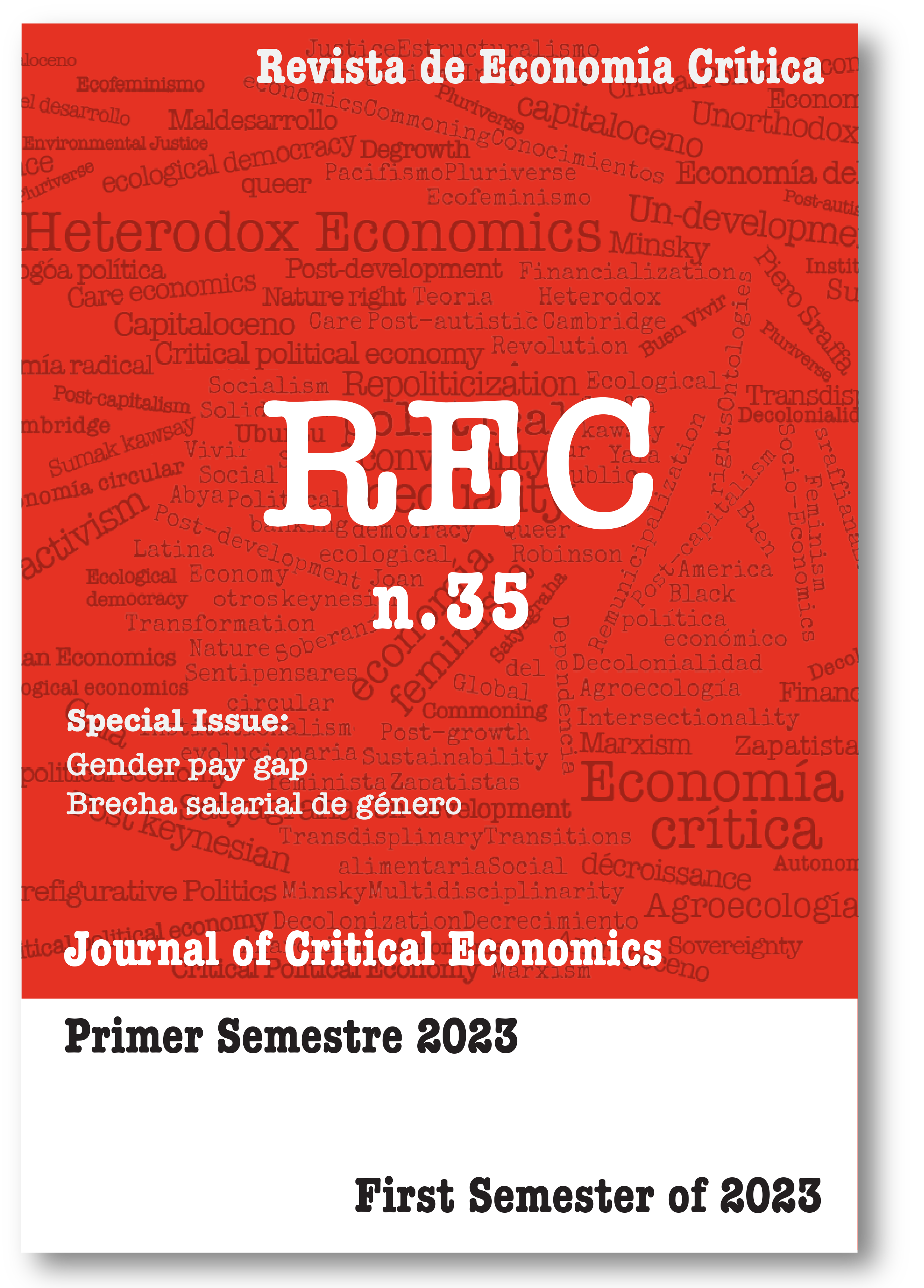Gender salary gap in business management positions in Spain.
Keywords:
gender pay gap, wage equation, firm management, wage decompositionAbstract
In recent decades, considerable progress has been made in terms of gender equality in the Spanish labor market. However, women still receive significantly lower pay. For example, data from Eurostat indicates that in 2022, the average hourly wage of women was almost 9.4% lower than that of men. The gender pay gap is the widely used indicator for measuring wage differences between men and women. This is calculated as the percentage difference in wages (annual and hourly, habitually) between men and women, known as the unadjusted pay gap. The adjusted pay gap is calculated by specifying wage equations that allow to control for sociodemographic characteristics, the particular characteristics of workers and their jobs, and econometric estimation methods are used to value both wage differences and a possible discrimination. This study analyzes the adjusted and unadjusted gender pay gap in managerial positions in Spanish firms using the 2018 Salary Structure Survey. In addition to presenting different estimates of the adjusted pay gap, the Oaxaca-Blinder wage decomposition is applied, which allows for a deeper understanding of gender wage differences. The results show that the adjusted gender pay gap in management positions is 13.5%, which reduces to 8% when controlling for unobservable characteristics of firms, apart from observable personal, job and firm characteristics.







